I’m sure we all agree that a high-quality microphone can make an irreplaceable difference in recording sessions, be it for a podcast or a YouTube video. That’s where the Rode PodMic USB shows just exactly how unique it is. This review will unwrap the depths of its design, features, connectivity, and how well it performs.
The Rode PodMic USB is more than your average microphone; its exquisite design, impressive sound quality, and excellent build grant audiences an exceptional audio experience each time. The versatile connectivity options are hard to beat while the sensitivity performance speaks volumes about its capacity as a mic, truly living up to the hype in direct studio recordings.
| Feature | Specification |
|---|---|
| Acoustic Principle | Dynamic |
| Polar Pattern | Cardioid |
| Address Type | End |
| Frequency Range | 20Hz – 20kHz |
| Output Impedance | 460Ω (XLR) |
| Maximum SPL | 148dB SPL |
| Equivalent Noise (A-Weighted) | Analog: 26dBA Digital: 19dBA |
| Sensitivity | -57 dB re 1 Volt/Pascal (1.4 mV @ 94 dB SPL) +/- 3dB |
| Analogue Output Connectors | 3-pin XLR, 3.5mm headphone jack |
Rode PodMic USB: A Quick Overview
The Rode PodMic USB is a versatile dynamic microphone featuring a cardioid polar pattern, designed for superior audio capture. It operates across an impressive frequency range of 20Hz to 20kHz, ensuring clarity and depth in both high and low-frequency sounds.
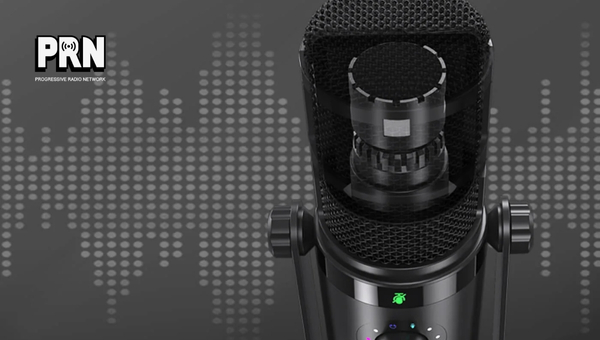
With a maximum SPL of 148dB, it can handle loud audio sources without distortion, making it suitable for various recording environments. Its output impedance is rated at 460Ω via XLR connections, and the mic also includes a convenient 3.5mm headphone jack for real-time monitoring.
Notably sensitive at -57 dB re 1 Volt/Pascal, the PodMic USB ensures detailed audio output with minimal noise interference—26dBA analog and even lower at 19 dB on the digital front. Designed as an end-address microphone, it’s tailored for straightforward usage while maintaining professional-grade performance.
Design and Build Quality
When I first put my hands on the Rode PodMic USB, the build quality spoke volumes. This mic is built like a tank with its all-metal frame. It felt solid and robust, yet compact enough to fit in the tight spaces of a recording studio. Moreover, its dynamic performance adds a professional touch to my recording desk.
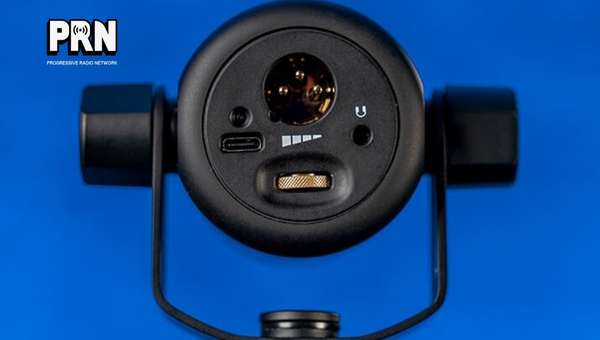
The design of this USB microphone is visually appealing. Its matte black finish gives it an elegant look. Apart from good looks, practicality has also been kept in mind while designing this mic – large knobs for easy adjustment and well-placed buttons make operations smooth.
When you talk about durability, the Rode PodMic USB stands up high. It’s designed to survive numerous long sessions of podcasting, voiceovers, or interviews without faltering under pressure. Overall, with its sleek design and sturdy build quality, this microphone promises both performance and longevity.
Also Read: JBL 305P Mk2 Review: The Perfect Studio Monitor?
Sound Quality
The microphone has a frequency range from 20Hz to 20kHz, which means it can pick up a wide range of sounds. Low frequencies like a bass guitar to high frequencies like flutes are all within its reach.
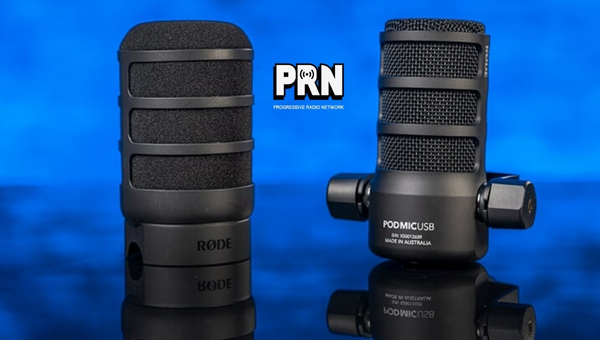
- Isolates Voice: It focuses on sounds coming straight ahead of it while minimizing side and rear noise. So if I’m speaking directly into the mic, my voice stands out clearly.
- Reduces Echo: Since there’s less pickup from the sides and rear, room echo or sound reflections are cut down significantly.
- Less Background Noise: It helps in reducing unwanted background noise which often disrupts a clean recording.
In simple words, dynamic cardioid microphones help capture pure and focused voiceovers or vocals – making them a popular choice for not just studios but podcasters and broadcasters too!
Connectivity Options
One of the main aspects that sets the Rode PodMic USB apart from its competitors is its comprehensive range of connectivity options. This mic proves its mettle in terms of adaptability and flexibility.
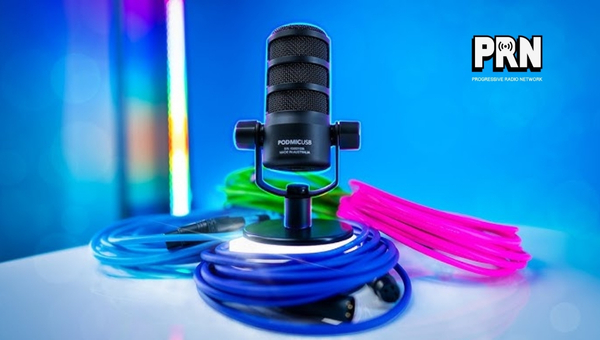
The key connectivity feature is the 3-pin XLR output. This connector is a staple in professional audio equipment, known for offering superior sound quality. It’s typically found in high-end gear, which underscores how much value the Rode PodMic USB provides.
It’s worth mentioning that these are just two of many factors giving the Rode PodMic USB an edge over other mics:
- 3-pin XLR output: High-quality and reliable, making it ideal for professional use.
- 3.5mm headphone jack: Offers real-time monitoring, perfect to hone your sound while recording.
Also Read: Complete Review: Native Instruments Komplete Audio 1
Sensitivity Performance
Sensitivity in a microphone is pretty important. Just think of it as the mic’s ability to pick up soft sounds. Now, the Rode PodMic USB shows a sensitivity spec of -57 dB re 1 Volt/Pascal. If you’re scratching your head wondering what that means, it’s quite simple. This shows how responsive the mic is to sound pressure levels.
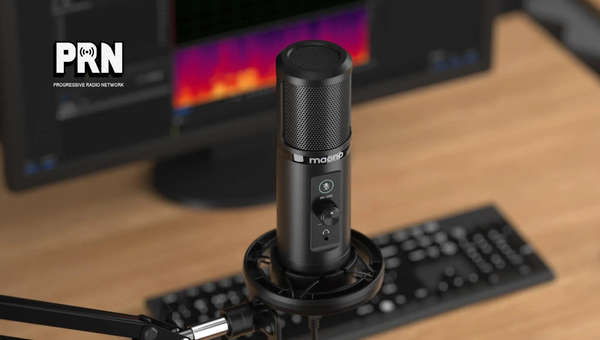
The easier the microphone picks up sounds, the better quality you have in your recordings. With a -57 dB sensitivity rating, this shows us that the Rode PodMic USB is rather detailed in picking up sounds for recording. So when you’re whispering secrets into your podcast, or softly strumming your guitar into this mic, rest assured because every delicate sound would be captured beautifully.
Also Read: JBL 306P Mk2 Review: The Ultimate Sound Experience
Pros And Cons
| Pros | Cons |
|---|---|
| Wide frequency range (20Hz – 20kHz) | Relatively high output impedance |
| Low equivalent noise (19dBA digital) | Heavier compared to some mics |
| High maximum SPL (148dB) | No built-in shock mount |
| Cardioid polar pattern for better isolation | Fixed sensitivity (-57 dB re 1V/Pa) |
| Real-time monitoring with headphone jack |
Conclusion
After using the Rode PodMic USB for quite some time now, I can comfortably say it’s a good microphone overall. It offers decent build quality and design along with considerable sound output.
The Dynamic Cardioid principle makes a difference in the in-studio voice recordings. The variety of connectivity options like 3-pin XLR output and 3.5mm headphone jack give it an upper hand in comparison to its counterparts.
However, there is still room for improved sensitivity performance. But on a more positive note, the maximum SPL feature can surprisingly handle high volumes without distorting sound quality. I must say, if you are someone looking for a professional-grade microphone suiting all your recording needs without costing you a fortune, the Rode PodMic USB doesn’t disappoint.
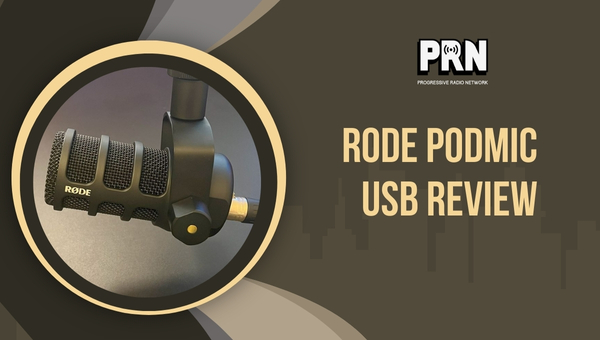
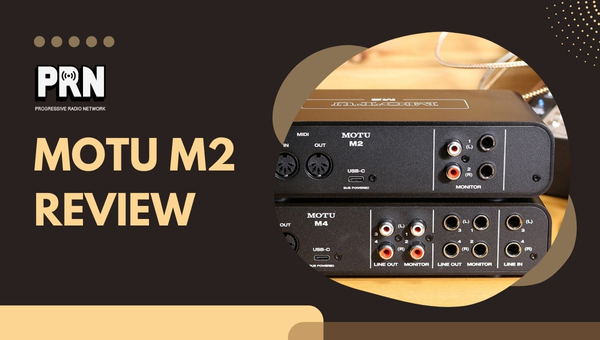
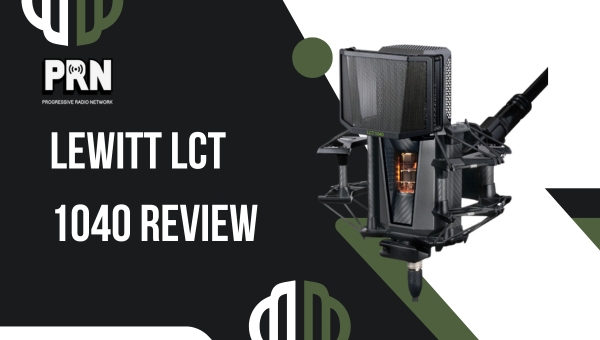
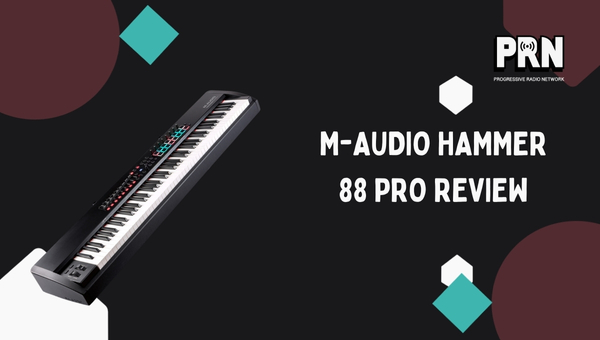
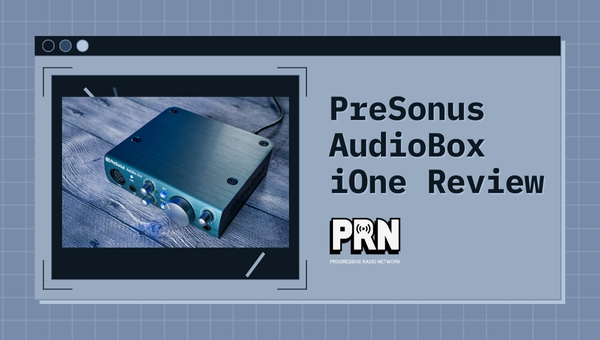
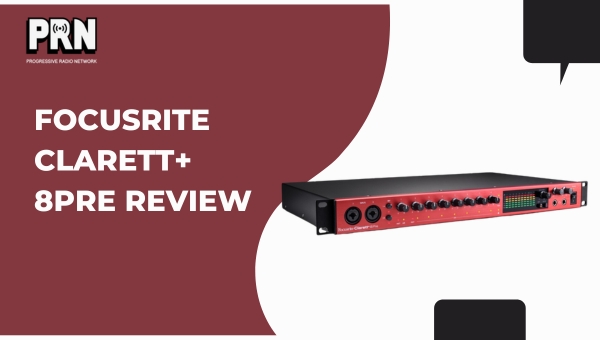

Leave a Comment